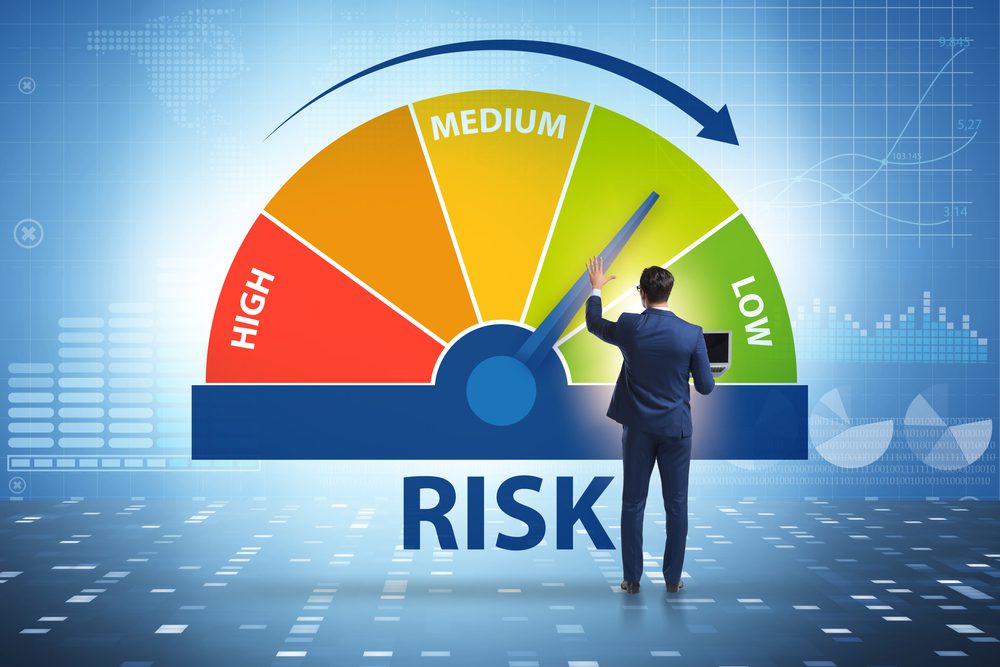In an environment where cyber threats are becoming an increasing concern, the importance of predicting, evaluating, and eliminating potential threats is imperative to smooth business operations. A cybersecurity risk management plan is vital in preparing your business to tackle these hurdles with a comprehensive approach.
Apart from the rudimentary steps you can take to ensure safety, such as maintaining data backups, securing networks with a firewall, security software, and spam filters, and training your employees on online security, a cyber risk management plan can identify your weak points and provide specific directions on how to address them.
Elements of a cybersecurity risk management plan
The overarching objective of this plan is to identify potential threats, assess the risk, formulate mitigation strategies, and maintain continuous risk assessment procedures to ensure ongoing protection.
Identifying cyber threats and threat vectors
A cyber threat is any vector that can be breached to gain unauthorised access to data, break security barriers, and cause damage to the business. As such, cyber threats are not limited to online sources. Common cyber threats today’s businesses face include:
- Hostile threats
This is a broad category of cyber threats where individuals/ collectives with malicious intent are the driving force behind attacks. This can include malware, DDoS and password attacks, advanced persistent threats, and software supply chain attacks.
- System failures
Data breaches and losses can occur as a result of critical system failures. This is most common in businesses where the systems in place are not up to standard and adequately supported.
- Human error
User oversight can lead to data leaks, breaches, and losses as a result of social engineering attacks like phishing, malvertising, scareware, and baiting.
- External factors
Data losses due to external factors such as environmental disasters can be as damaging as any of the aforementioned threats.
Threat vectors organisations face include:
- Data leaks
- Data loss
- Unauthorised access
- Misuse of access by authorised users
- Service downtime
Identifying the threats that may apply to your business is the first step in formulating a robust cybersecurity risk management plan.
Assessing risks
Assessing the potential risks your business’s assets are exposed to is key to formulating mitigation strategies and managing future risks. An impact analysis will also be beneficial when considering the potential consequences and cost impacts. The standard cybersecurity frameworks for risk assessment and analysis include:
- NIST Cybersecurity Framework
This framework is designed by the National Institute of Standards and Technology, representing the public and private sectors working collaboratively to counteract cyber threats.
- ISO 27001
This certification validates the business’s usage of standardised cybersecurity measures, particularly the cybersecurity risk management system.
- ISO 27002
This is a set of guidelines informing businesses on the standards that need to be followed to acquire the ISO 27001 certification.
- FAIR Framework
The Factor Analysis of Information Risk Framework offers guidelines to measure, manage, and report on information risks.
Once the appropriate steps have been taken to assess risks, your cybersecurity risk management plan is well on its way to completion. Observing the following best practices will ensure that it covers all the critical aspects of a risk assessment.
Best practices for cybersecurity risk assessment
- Implement continuous risk assessments
The nature of cyber threats is in constant flux and in order to stay on top of your security initiatives, continuous monitoring is a non-negotiable requirement. With regular risk assessments and reviews in place, your protection will be assured.
- Prioritise risks
Prioritising potential risks based on cost impacts and the value of information will be essential to maintain a cost-effective yet robust security system. This practice will help address high-risk threats promptly and manage medium to low-risk threats without any negative impact.
- Incorporate it into the enterprise risk assessments
Presenting cyber threats in the same vein as other business risks within the enterprise risk assessments makes it more approachable for business personnel who are not necessarily fluent in the cyberscape.
Identify and mitigate a wide range of cybersecurity risks with a comprehensive cybersecurity risk management plan
A carefully crafted risk management plan is a vital aspect of running a business in today’s context. Identifying the types of risks and which of them may affect your business, assessing which of your assets could be affected, implementing mitigation strategies, and putting continuous monitoring initiatives in place can all be concluded with this plan.






